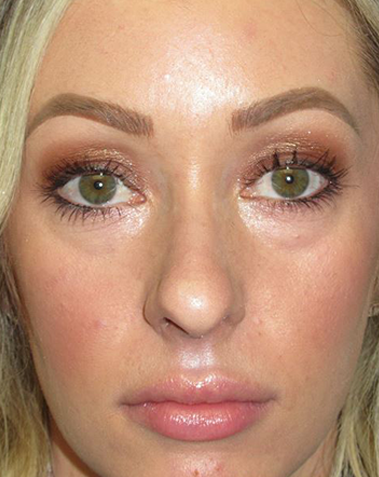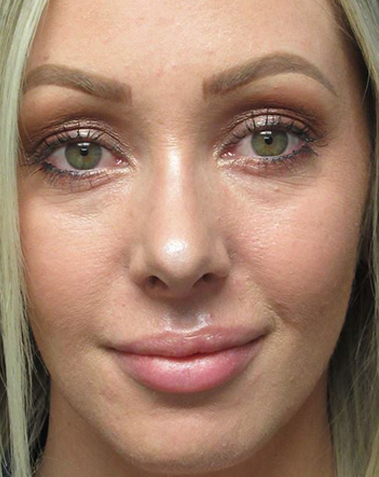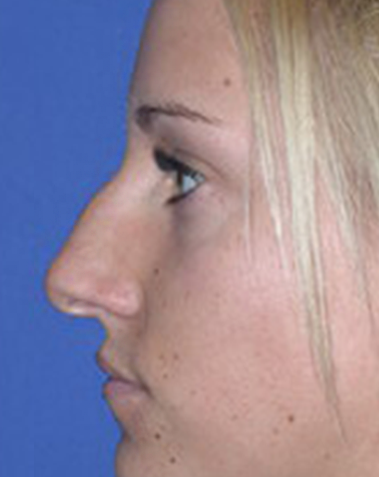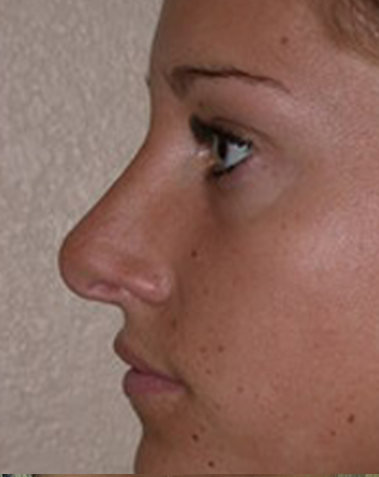Rhinoplasty
Nose Surgery Can Address Both Functional and Cosmetic Concerns by:
Rhinoplasty is a surgical procedure performed to reshape the nose for cosmetic or functional reasons. The surgeon makes incisions inside or outside the nose and sculpts the bone and cartilage to achieve the desired shape. It is commonly used to improve the appearance of a crooked or misshapen nose or to correct breathing problems. High-quality rhinoplasties achieve aesthetic balance across the patient’s facial proportions. Conversely, poor nose jobs may be asymmetrical, have poor cartilage support or dorsal structure, or nasal tip collapse. As board-certified plastic surgeons, we are experts at handling delicate nasal skin, cartilage, and bone to achieve noticeable yet natural-looking results. We want to accentuate your natural beauty, versus making it clear that you had work done.
Before your rhinoplasty, we’ll set up a consultation and talk about your surgical goals, medical history, and procedural options based on your anatomy. We’ll take measurements and photographs and will recommend a treatment based on your desired outcomes and anatomy. We’ll also talk about the procedure, anesthesia, potential risks and complications, recovery, and aftercare instructions.
The entire procedure takes about two to three hours, and you can go home the same day. Please make sure that somebody can pick you up because you won’t be able to operate a vehicle after anesthesia.
What to Expect
During a rhinoplasty procedure, the patient is given IV sedation or general anesthesia by an anesthesiologist. The surgeon will make incisions either inside the nose or along the columella under the nose, providing access to the cartilage, bone, and tissues of the nose to reshape it. The size of the nose can be reduced by removing bone or cartilage, and cartilage grafts may be used to reshape the contours. If the patient has a deviated septum, the surgeon will straighten out the nasal passages to improve airflow. The surgeon will then redrape the nasal skin and tissue and close the incisions to complete the procedure.
Rhinoplasty patients typically feel ready to return to work within one to two weeks. Bruising and swelling are normal following the procedure and usually clear up within two weeks.
Medical Review: This procedural information has been medically reviewed by plastic and reconstructive surgeon, Brian A. Cripe, M.D.
Rhinoplasty FAQs
Book Your Rhinoplasty Appointment
Our experienced, board-certified plastic surgeons would love to bring you in for a consultation to discuss your goals and treatment options. Fill out this form to receive a call-back shortly, or give us a call at 928-774-2300.





